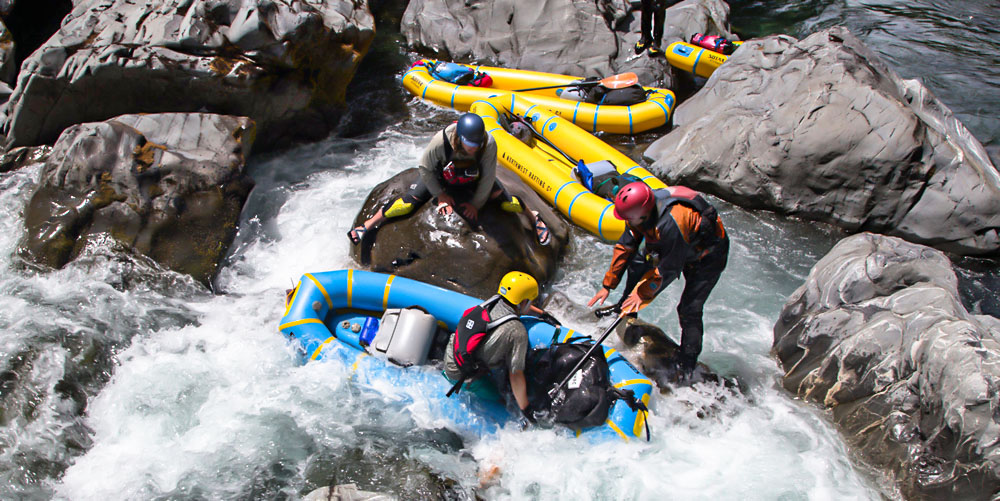Inflatable Kayak Care and Maintenance

There are unique care and maintenance concerns for an inflatable kayak that you don’t have with a hard shell. Our pointers for caring and maintaining your inflatable kayak will help you preserve it and keep it in top condition for as long as possible.
If you get out of the water and are done for the day, you can easily roll up your kayak and stow it, but you should take the time to clean and dry it first unless time is crucial (if there’s a clam bake and beer waiting, you may want to stow it for now and take care of cleaning later). But do NOT forget to clean it at some point after every use, particularly if you’ve been kayaking in salt water.
Rinse your kayak with fresh, clean water, being sure to remove dirt, sunscreen, algae and other debris with a soft cloth. If it’s really filthy, use a bit of mild dishwashing soap, being sure to rinse clean afterward. Check all the nooks and crannies of your boat, keeping an eye out for sand and mud. These are abrasive and can wear down on the fibers of your boat.
Always double-check to make sure the valves are closed before you rinse or wash, then leave the kayak in the sun to dry. If you can’t, an absorbent towel or chamois is fine.
Rolling up your kayak isn’t the easiest thing in the world, but if you paid attention to how it was packaged when you got it, you should be able to duplicate the process. Usually, you will fold the sides toward the center, then fold or roll the kayak until it is small enough to stow.
Store your inflatable kayak in a cool, dry place. You don’t want it exposed to extremes of temperature or humidity, so your unheated garage isn’t the best spot. The attic also isn’t a good idea; high temperatures will cause the material to deteriorate faster. If you can, put it somewhere with a bit of air flow. If you ever have a problem with mice, squirrels of other rodents, store your kayak in a container that is rodent proof.
Leaks in Your Kayak
Kayak maintenance will inevitably mean having to patch a few leaks. Most of these will be slow leaks from tiny scratches or pin holes. The easiest way to find a slow leak is to soap up your inflated kayak with some soapy water. You’ll see tell-tale bubbles forming wherever there is a leak.
Once you’ve found the leak, mark it with a marker or some chalk. Let the area dry completely before trying to patch it. There are plenty of patch kits on the market for inflatable kayaks, but it is crucial to make sure you get the right kind for your kayak. PVC and vinyl use the same kind of glue; Hypalon or Nitrolon kayaks use a completely different type of glue, so make sure you find a patch kit that matches your boat.
The instructions are generally very clear on patch kits, but there are a few pointers that will help ensure a good, tight patch that will last:
Always cut the patch large enough to have 2-3 inches spare material on all sides. Don’t leave corners or points on the patch; these will peel loose quickly. A round or oval shape works much better.
If your patch kit tells you to rough up the material, do it. Skipping this step is a common mistake and will lead to quick failure of the patch.
Make sure you let the glue dry before trying to stick the patch to the kayak.